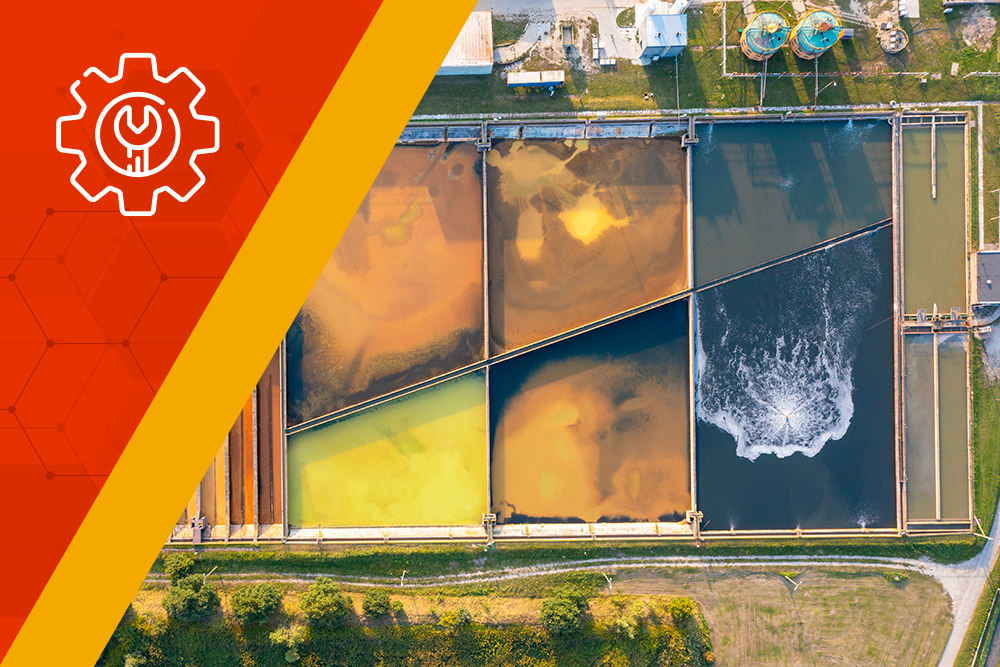Industrial Equipment Maintenance
Overview
Industrial equipment maintenance is a critical aspect of any industrial operation, ensuring the smooth operation, reliability, and longevity of machinery, equipment, and facilities. It encompasses a range of preventive, predictive, and corrective actions aimed at maintaining optimal performance, reducing downtime, minimizing costs, and enhancing safety.
Types of Industrial Maintenance
- Preventive Maintenance: This proactive approach involves scheduled inspections, lubrication, adjustments, and replacements to prevent potential breakdowns and extend equipment lifespan. It typically follows a fixed schedule or predetermined intervals based on manufacturer recommendations or historical data.
- Predictive Maintenance: This data-driven approach relies on monitoring key performance indicators (KPIs) and using condition monitoring technologies to detect early signs of wear and tear before they lead to major failures. It enables proactive interventions to prevent breakdowns and minimize downtime.
- Corrective Maintenance: This reactive approach focuses on addressing equipment failures or malfunctions once they occur. It involves diagnosing the root cause of the issue, repairing or replacing defective components, and returning the equipment to normal operation.
Benefits of Effective Industrial Maintenance
- Increased Productivity and Efficiency: By preventing breakdowns and reducing downtime, industrial maintenance ensures continuous operation, maximizing output and optimizing resource utilization.
- Extended Equipment Lifespan: Regular maintenance helps identify and rectify minor issues before they escalate into major failures, prolonging the lifespan of valuable equipment and reducing replacement costs.
- Improved Safety: Preventive maintenance procedures often address safety-critical components, reducing the risk of accidents and ensuring a safe working environment for employees.
- Reduced Costs: By preventing breakdowns and minimizing downtime, industrial maintenance can significantly reduce maintenance costs, labor costs, and lost production revenue.
Our Experience
Industrial equipment maintenance is a PA core competency. We’ve aided numerous clients in maintaining their industrial equipment in optimal condition and addressing issues as they arise.
Our teams of seasoned technicians have skillfully performed tasks such as storage tank cleaning, online pipe repair, heat exchanger cleaning, and rehabilitating tanks affected by rust issues.
Our Services
Industrial Equipment Cleaning & Maintenance
Overview
- Prolonged equipment lifespan: Regular cleaning can extend the lifespan of equipment by preventing wear and tear, corrosion, and damage.
- Improved safety: Clean equipment is less likely to cause accidents or injuries.
- Increased productivity: Clean equipment runs more efficiently and effectively, which can lead to increased productivity.
- Reduced downtime: Preventative cleaning can help to prevent breakdowns and downtime, which can save money.
Our Experience
Our Services
- Manual cleaning: This is the most basic method of cleaning, and it involves using pressure washers, brushes, cloths, and solvents to clean the equipment.
- Compressed air cleaning: This method uses compressed air to blow off dirt and debris from the equipment.
- Chemical cleaning: This method uses chemicals to remove stubborn dirt, grease, and oil from the equipment. Chemicals can be applied via high pressure washers or immersion.
- Sandblasting: Sandblasting can be used to clean and degrease industrial equipment, removing grease, oil, and other contaminants that can cause corrosion or affect the performance of the equipment.
Heater & Heat Exchanger Maintenance
Overview
Our Experience
Our Services
- Inspection
- Re-tubing
- Exterior cleaning
- Troubleshooting
Tank Maintenance
Overview
Storage tanks require regular maintenance and repair works, this ensures that the tanks and its contents are safe and compliant with local and international regulations.
Ensuring storage tanks are always clean of debris and sludge, free of leaks, and structurally sound is critical for smooth operations. Tank cleaning is also required when the product is changed or altered to prevent contamination between the old and the new products.
Maintaining storage tanks often implies work in a confined space and requires strict health and safety procedures to ensure the safe completion of any task.
Our Experience
Our team has successfully conducted numerous inspections, cleanings, and repairs of storage tanks for our clients. Our expertise spans across a diverse range of storage tanks, from small mobile units to those exceeding 5000 cubic meters in capacity.
Our Services
There are a number of different methods we implement for industrial equipment cleaning including:
- Manual cleaning: This is the most basic method of cleaning, and it involves using pressure washers, brushes, cloths, and solvents to clean the equipment.
- Compressed air cleaning: This method uses compressed air to blow off dirt and debris from the equipment.
- Chemical cleaning: This method uses chemicals to remove stubborn dirt, grease, and oil from the equipment. Chemicals can be applied via high pressure washers or immersion.
- Sandblasting: Sandblasting can be used to clean and degrease industrial equipment, removing grease, oil, and other contaminants that can cause corrosion or affect the performance of the equipment.
Pipe Maintenance
Overview
Our Experience
Our Services
- Inspection
- Online and offline leak repair
- Cleaning
- Corrosion inhibitors
- Sand blasting
- Coating
- Welding
Sandblasting & Coating
Overview
- Preparation for painting or other coatings: Sandblasting removes rust, paint, dirt, and other contaminants from the surface of a material, creating a clean and smooth surface that is ready for painting or other coatings.
- Surface preparation for bonding: Sandblasting can roughen the surface of a material, increasing its ability to bond with other materials or sealants. This is important for applications such as concrete repair, metal fabrication, and window installation.
- Removing paint from equipment and machinery: Sandblasting is an effective way to remove paint from equipment and machinery that is too large or complex to be dipped in a paint stripping solution.
- Cleaning and degreasing industrial equipment: Sandblasting can be used to clean and degrease industrial equipment, removing grease, oil, and other contaminants that can cause corrosion or affect the performance of the equipment.
- Coating surfaces to extend lifecycle: Renewing surfaces with coatings such as epoxy allows for protection and extends the life of the surfaces.
Our Experience
Our Services
- Inspection
- Sandblasting
- Coating / re-coating
- Certification



